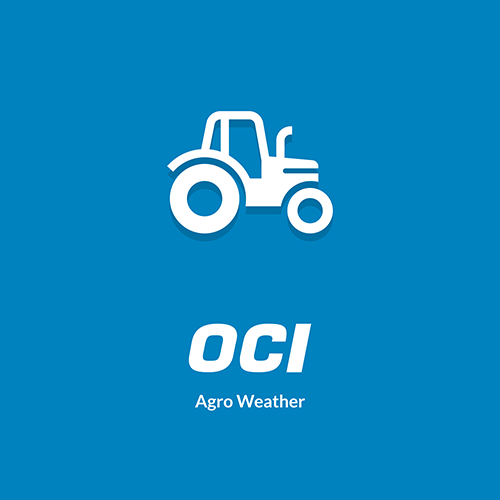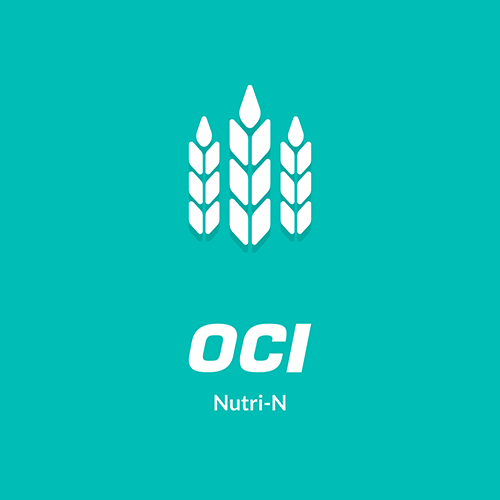The Magic of Soil Health: Nutrient Delivery and Moisture Regulation with Organic Matter
Nutrient delivery
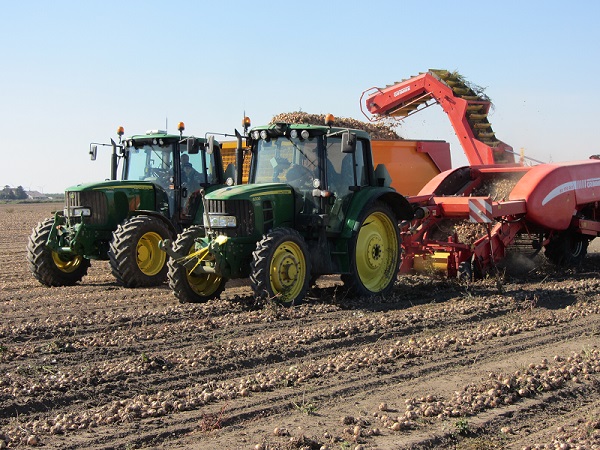
The decomposition of organic matter releases nutrients such as nitrogen and phosphate. Nitrogen mineralisation is of great importance to agricultural entrepreneurs. It is therefore important to be able to make a good estimate of the expected nitrogen mineralisation on a particular plot. That nitrogen mineralisation depends on the organic matter content in the soil, fertilisation history and pre-fertilisation. For example, it is known that especially after grassland is torn up, a lot of nitrogen can be released through N mineralisation. The farmer must take this into account when applying N fertiliser to the subsequent crop. The decomposition of organic matter by soil life releases nutrients that the crop can easily absorb. Organic matter thus contributes significantly to nutrient supply (for grassland, see also info NLV). Organic matter also contributes to crop nutrient retention because humus particles form a complex with clay (CEC).
The NDICEA calculation tool allows you to calculate the soil residual supply for your farm and rotation, taking into account your soil type, cropping plan and fertilisation history(www.NDICEA.nl).
Organic matter and humus
Fresh organic matter enters the soil in the form of crop residues, organic manure or compost. There, it is partially decomposed by soil life. Young organic matter is the organic matter not yet fully decomposed that has been added to the soil in the form of crop residues, roots, animal and organic manure. The fraction of easily degradable matter decomposes quickly. This process releases nutrients such as nitrogen, phosphate and sulphur for uptake by the crop.
The fraction of organic matter remaining in the soil one year after application is called the effective organic matter (EOS). The amount of effective organic matter varies widely: compost has a high proportion of effective organic matter because it has already been partly converted during the composting process. Fresh crop residues contain relatively little effective organic matter. Nevertheless, there are large differences between crops. The fraction of effective organic matter in cattle manure is higher than in pig manure.
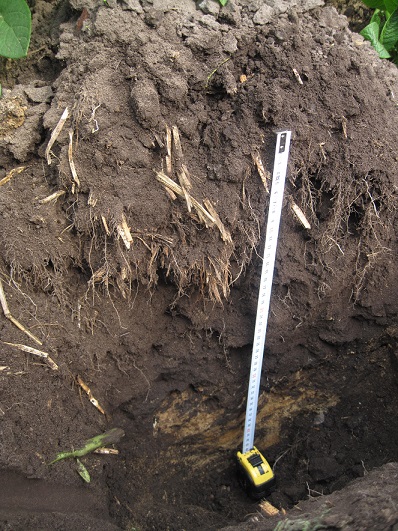 The decomposition of organic matter leaves a number of substances that soil life finds difficult to convert, such as lignin and phenols. In addition, soil life forms new products that are difficult to degrade. This process of converting fresh organic matter into stable organic matter is called humification. The humification coefficient is the ratio of effective organic matter to fresh organic matter. These stable compounds together form the humus, which, due to its negative charge, plays an important role in binding positively charged nutrients, such as calcium, magnesium, potassium and sodium.
The decomposition of organic matter leaves a number of substances that soil life finds difficult to convert, such as lignin and phenols. In addition, soil life forms new products that are difficult to degrade. This process of converting fresh organic matter into stable organic matter is called humification. The humification coefficient is the ratio of effective organic matter to fresh organic matter. These stable compounds together form the humus, which, due to its negative charge, plays an important role in binding positively charged nutrients, such as calcium, magnesium, potassium and sodium.
Organische stof in de bodem wordt langzaam afgebroken. Jaarlijks moet er organische stof worden aangevoerd om het gehalte op peil te houden. Gemiddeld is de jaarlijkse afbraak zo’n 2 à 3% van het organische stofgehalte, maar dit varieert. In het algemeen is de relatieve afbraaksnelheid in gronden met een hoog organische stofgehalte (b.v. veenkoloniale gronden) laag (plm. 1%) en in gronden met een laag organische stofgehalte (b.v. duinzandgronden) hoog (tot 10%). De gemiddelde organische stofbehoefte ligt tussen de 1500 en 3000 kg effectieve organische stof per ha per jaar.
Source:
Kennisakker, adviesbasis voor de bemesting van akkerbouwgewassen
www.kennisakker.nl
Moisture retention capacity
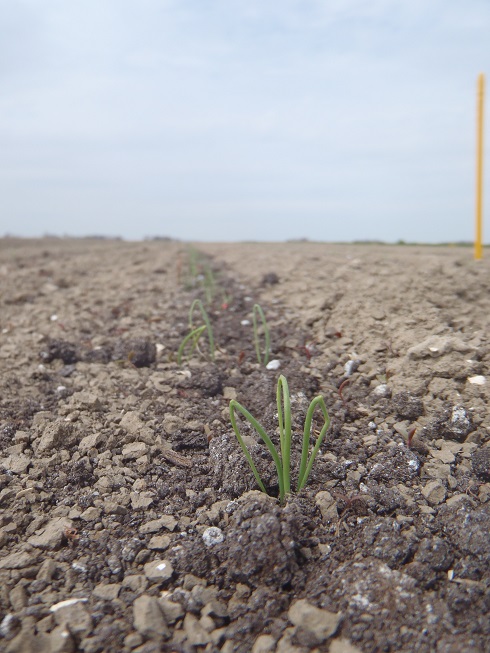
Especially on sandy soils, organic matter makes an important contribution to moisture retention capacity. The presence of aggregates and crumbs creates pores of different sizes. Especially the micropores in the aggregates increase the moisture-holding capacity.
For optimal crop growth, proper soil moisture is essential. Soil moisture is strongly influenced by the weather. In addition, soil type and soil structure determine how much water is available for the crop. Sandy soils hold little water compared to clay soils. After a rain shower, water quickly sinks into the soil. After that, the soil is at ‘field capacity’ and holds the maximum volume of water. For sandy soils, the percentage of moisture at field capacity is lower than for clay soils. If it does not rain for an extended period, water evaporates from the soil and is absorbed by the plant. At the moment when no more water is available to the plant at all, the wilting process begins. The moment of wilting varies per crop.
Improving soil structure contributes to the balance between oxygen and moisture in the soil. Under both wet and dry conditions, extremes in the moisture balance can be reduced by a favourable soil structure. A better soil structure retains more and longer moisture. As a result, fewer puddles form on the land under wet conditions and the soil dries out less quickly during prolonged drought. This ensures better crop growth and yields. A better soil structure – which can therefore retain moisture better – is created by more organic matter in the soil, by promoting soil life in the root zone and by counteracting a compacted substrate. Practical measures include adding compost and manure, reducing soil compaction, constantly covering the soil and using green manures.
Sources:
Bokhorst, J., C. ter Berg, M. Zanen en C.J. Koopmans (2008). Mest, compost en bodemvruchtbaarheid – 8 jaar proefveld Mest als Kans. Louis Bolk Instituut LD11.
Dijk, M. van en S. van Miltenburg (2013). De invloed van bodemstructuur op het watersysteem. STOWA 2013-13A, Amersfoort.
Schaap, B.F., P. Reidsma, J. Verhagen, H. Wolf, en M.K. van Ittersum (2013). Participatory design of farm level adaptation to climate risks in an arable region in the Netherlands. European Journal of Agronomy, 48:30-42.
Snellen, B. en T. van Hattum (2014). Bodemvochtgestuurd beregenen. Stowa Deltaproof, composed by Alterra, Wageningen.
